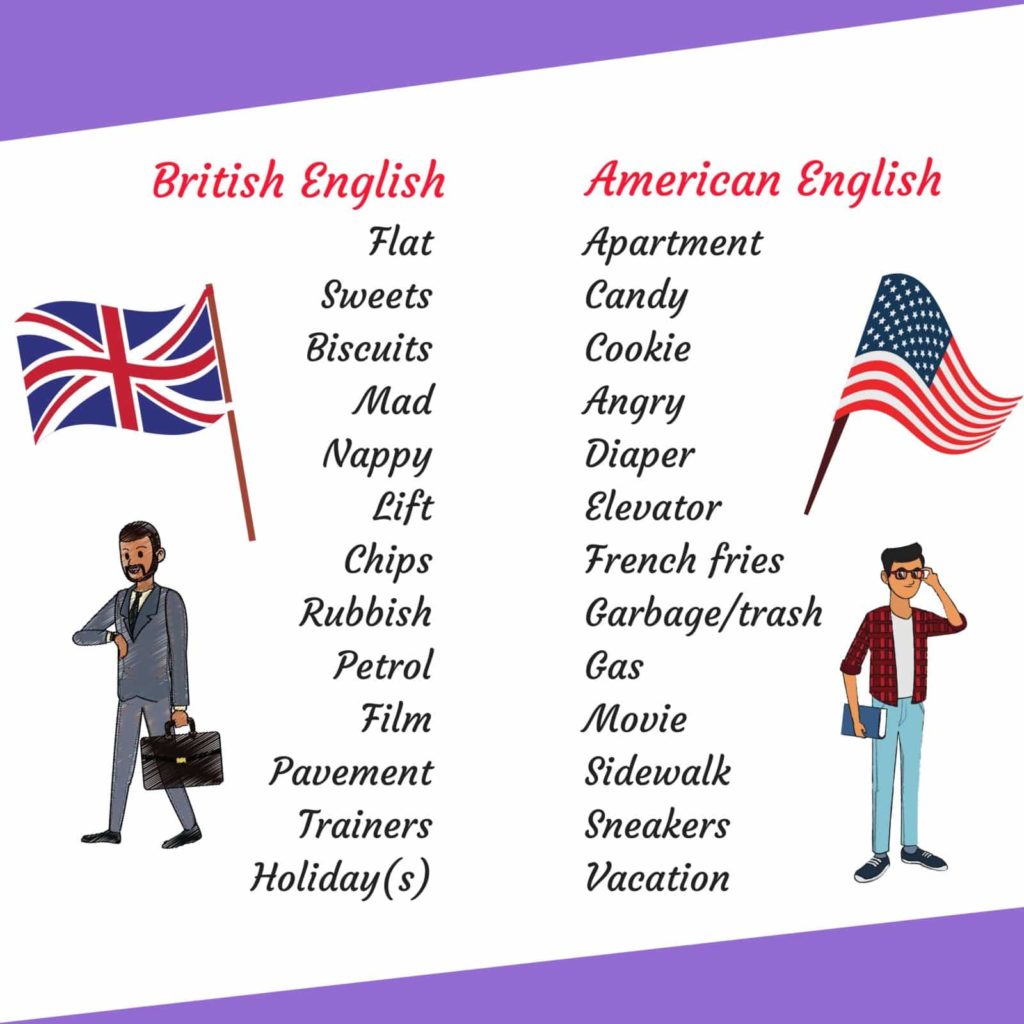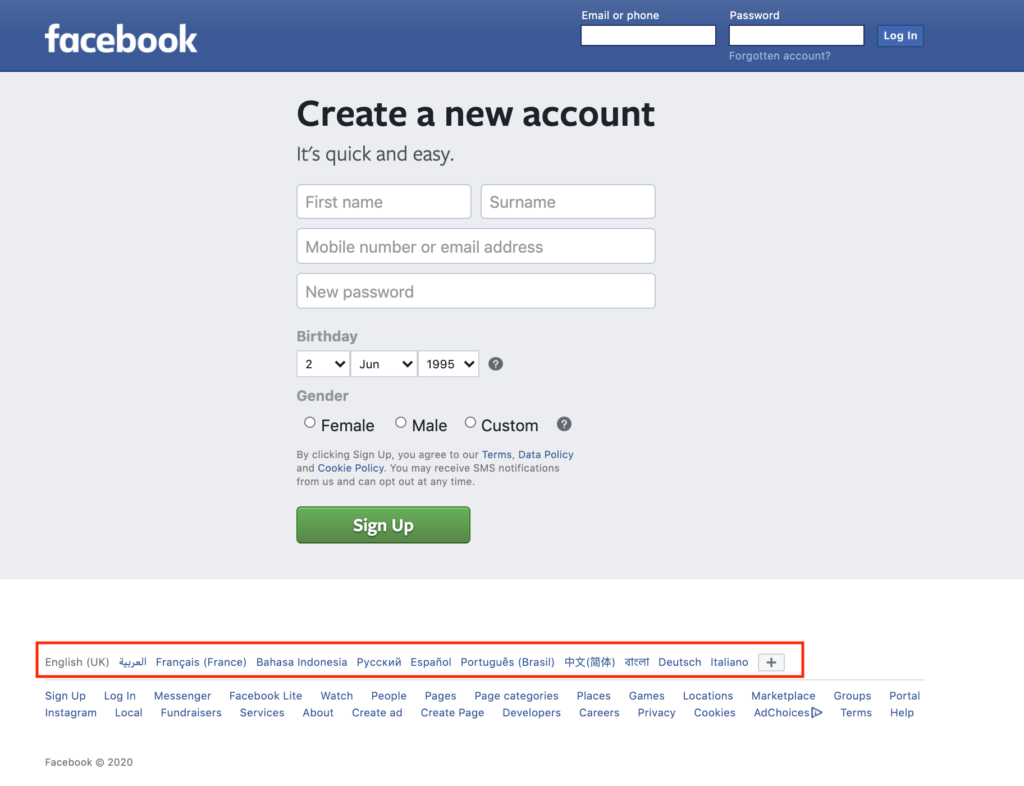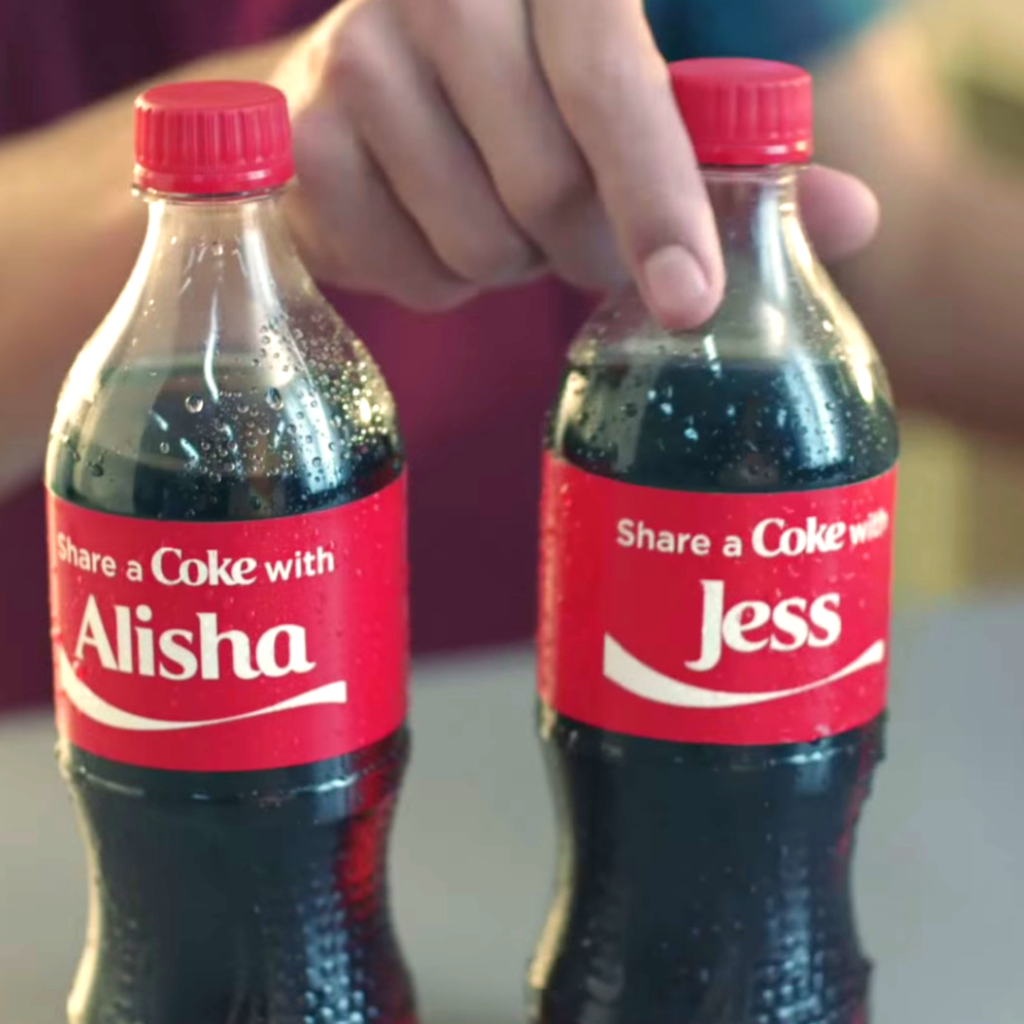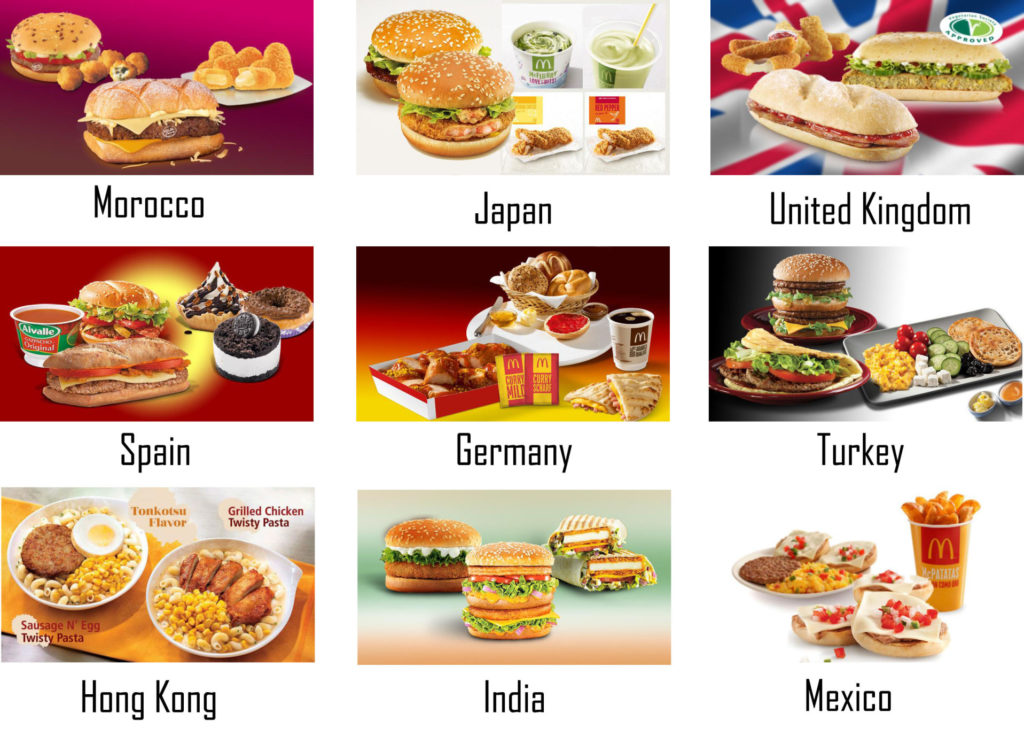Content localisation, also referred to as regionalisation, is the adaptation of content or a product to a local market and culture embodied in a language. Content Localisation not only means translating content to the language of your target audiences, but also understanding their unique interests, and mannerisms to best target content.
How to Localise your Content:
Localising content is very different from translating content. Content localisation must ensure that the original content is appropriated and adjusted to a local audience in a manner that’s relatable to the local audience.
Content Localisation goes beyond people simply being able to read your content, they should be able to relate to it and understand it in the manner in which it has been put across. For example, content written in Spanish (Castilian) can be localised into Mexican, Argentinean, Chilean, Colombian or Bolivian.
To guarantee good quality content localisation, it is important that the person “localising” the content is a native speaker of the target language. Apart from having a good command over the language, they will be able to better understand local habits, ways of speaking and culture which they will bring to the table whilst creating the content. It will therefore, be better understood and received by the target audience as well, as there will be no room for misinterpretation.
To relate better to the audience, local expressions, slang, grammar, rhymes and most importantly spellings used, will be in line with what the local audience deems as appropriate, allowing them to better appreciate the content.

Should I Localise my Product or my Content?
Well, the answer to that really depends on your business and industry that you’re operating in.
Life’s hard enough, and localising your product and content shouldn’t make it harder. It’s therefore important to consider whether or not you really need it. There’s a difference between localising your content and localising your product or service in the market.
Let’s take a deeper look into both.
Product/ Experience Localisation
If your product/ service is pretty much the same across borders, it may not be necessary to localise content, you could just go forth with a translation. However, if your product/ service is impacted by your location, it may be best to localise both your product and your content.
Let’s look at some examples to better illustrate this.
Facebook’s services are pretty much the same all over the world. They connect people together and are a social media platform. They therefore, do not need to localise their content or product for international marketing and instead have an option to translate their site, to suit international needs, as shown below:

However, a travel guide is meant to relate to the tourist, not the city they are visiting. Expedia therefore, has global sites for this very reason:

To break it down, a tourist guide to the city of Brussels is not meant to sound Belgian, it needs to help the tourist but a hotel chain may prefer to erase cultural differences and guarantee a unique and standardised customer experience internationally.
So while localisation is more expensive and time consuming, it’s worth it if your business really, truly needs it and that really depends on your industry and area of business.
Content Localisation
On the other hand, a brand’s communication strategy should probably be adapted to local needs no matter the context.
Your communication and consequent content should be adapted to the target country’s language and expressions to ensure you build an intimate and engaging relationship with your target audience.
The brand’s DNA, its strategic choices, its budget and its business activities determine whether or not localisation is necessary or whether a neutral translation, erasing regional specificities, is the best option.
What Should I Localise?
Localisation is not just about content, especially in the globalised world we live in today. You actually experience some form of localisation every day in things you don’t even know you have. In the box of your latest phone, you will find three types of electrical outlet for the charger: the product is localised to fit the socket in your country.
In the drinks section of the supermarket, Coca-Cola bottles have different first names in France (Marie, Jean, Michel etc), the United States (Chris, Jess, Alex etc.), Australia, Mexico. Product marketing was localised and the “Share a Coke” campaign was unanimously recognised as a great success.

Large multinationals offer the user a unique and localised experience depending on the country and the market in which they consume.
It is impossible to buy a McDonalds Chicken Porridge outside of Malaysia and to enjoy a McArabia, you will have to fly to the UAE.
Be careful not to confuse localisation with transcreation, which is also a marketing tool linked to translation.


